Netflix has established itself as a benchmark for original streaming content, and with that has come a specific set of requirements for the cameras used to capture its 4K Originals. The company maintains an exclusive list of ‘Netflix Approved’ cameras, a collection of high-resolution, large-sensor cinema cameras. But in an era where even smartphones can produce stunning cinematic imagery, is Netflix’s approval process still relevant? Moreover, Netflix has frequently used unapproved cameras for its own content, raising the question: Do ‘Netflix Approved’ cameras truly matter, or is the approval system outdated in today’s world of versatile camera technology?
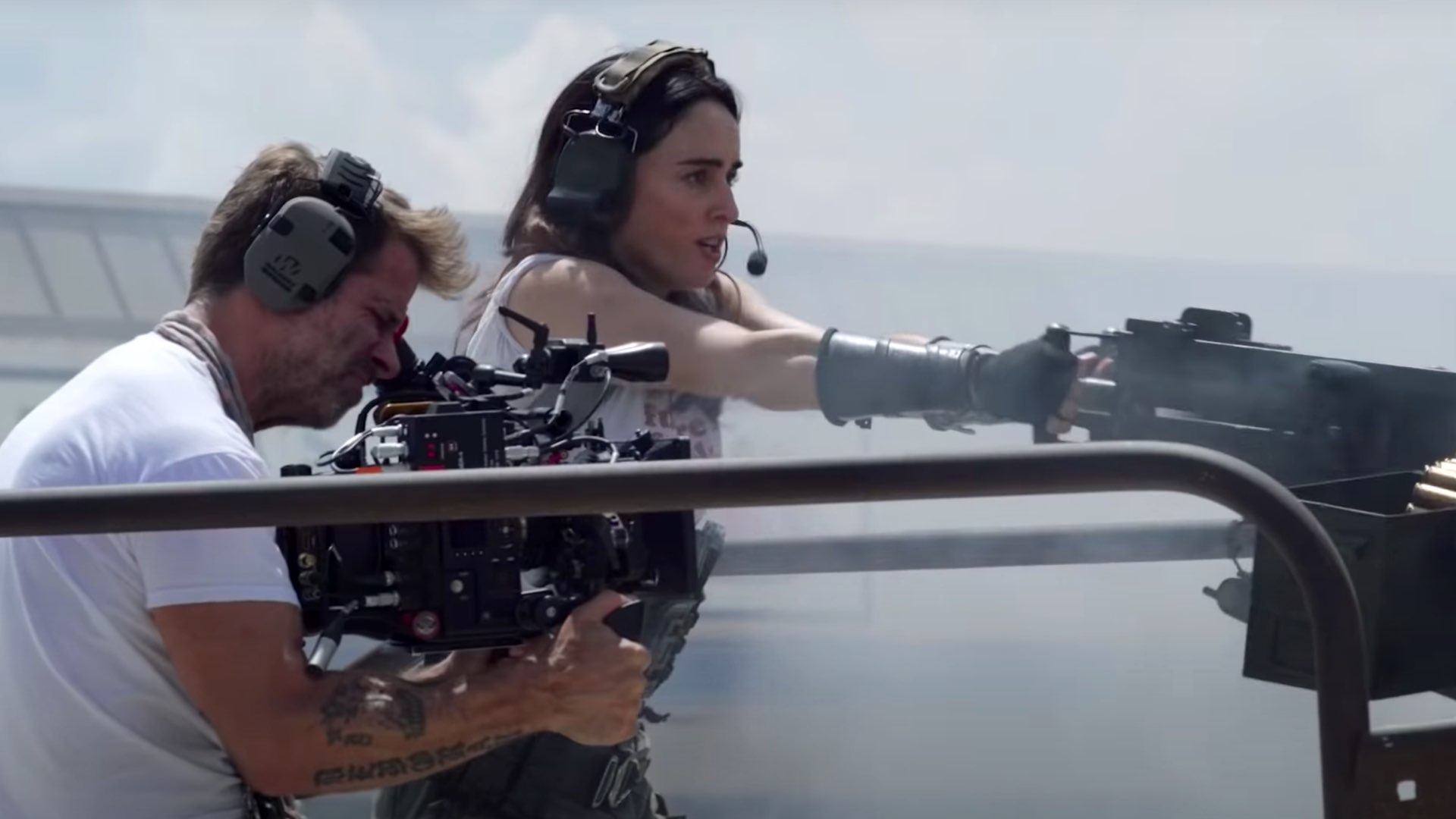
Netflix Approved cameras: What’s the deal?
The ‘Netflix Approved’ camera list has become a standard for filmmakers aiming to work with the streaming giant on its original productions. The list includes high-end cinema cameras like the Sony Venice 2, RED V-RAPTOR 8K VV, Arri Alexa 35, and the more compact Canon EOS R5 C. These cameras are engineered to deliver high-end visuals, with large sensors, extensive dynamic ranges, and robust color science that aligns with Netflix’s demands for capturing and delivering 4K content. But here’s the twist: despite the long list of approved cameras, Netflix has regularly employed unapproved cameras in its productions. For instance, action-packed sequences in Netflix Originals have featured GoPro cameras and even iPhones. The approval process begs the question: If Netflix is willing to use such diverse tools, why enforce such stringent camera requirements?
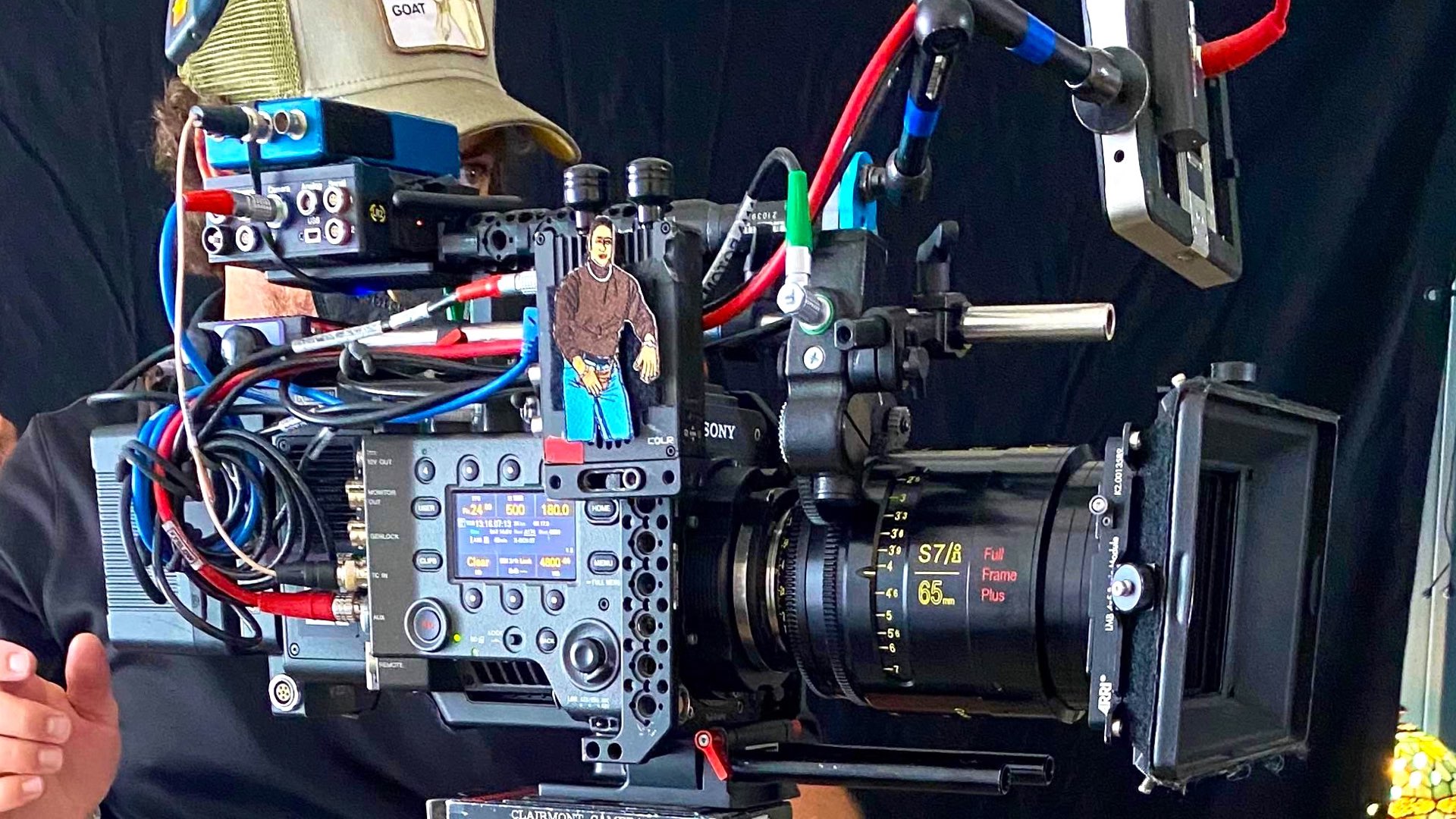
A Slow-to-Update approval process
One of the major critiques of Netflix’s camera approval process is its tendency to lag behind technological advances. The company’s Cameras & Image Capture: Requirements and Best Practices page hasn’t seen significant updates, leaving the list with many older cameras while newer models like the Canon C400 and Blackmagic URSA 12K LF await approval. Netflix has started to show some flexibility, as noted in its recent preference for low-budget filmmaking, but the slow updates raise concerns for filmmakers. Why should they be locked into an aging list when new, more efficient cameras emerge every year? High-resolution, large-sensor cinema cameras are powerful, but technology is rapidly advancing, and the approval system feels like it’s struggling to keep up.
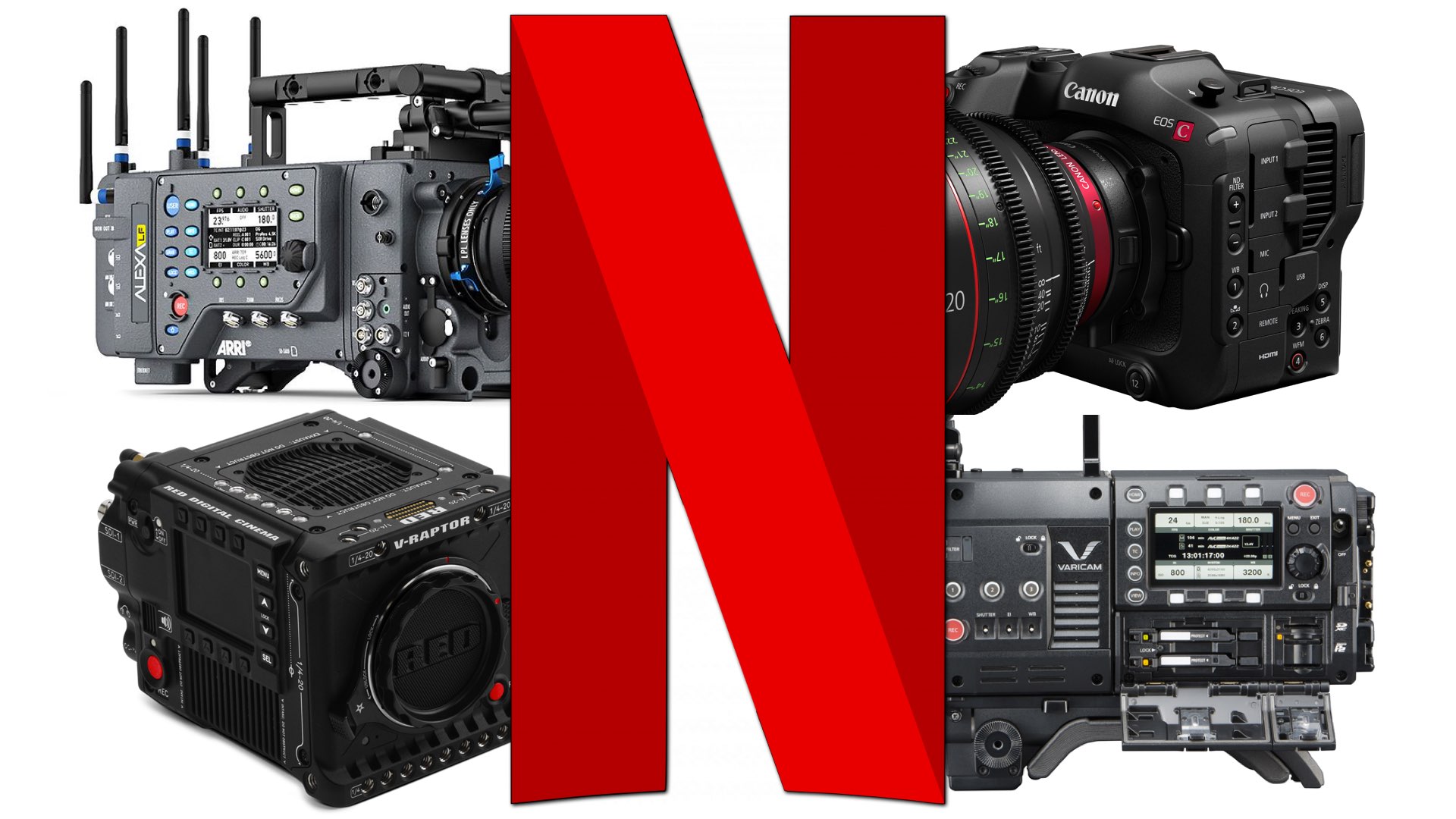
The rise of stunning imagery—No matter the camera
With the proliferation of consumer-friendly, high-quality cameras, filmmakers now have access to tools that can capture breathtaking imagery even without being on Netflix’s approved list. The iPhone, for example, is capable of producing professional-grade video, as demonstrated in this article about filming with the iPhone 12 Pro. Cameras like the Sony FX3 and compact models like the RED Komodo are also pushing the envelope for what’s possible outside the traditional large-sensor cinema camera realm. Given the rapid evolution of camera technology, many filmmakers and professionals are starting to wonder whether the stamp of Netflix approval is necessary anymore. After all, even big-name directors like James Cameron have expressed frustration with the focus on streaming, pushing for productions to embrace the theatrical experience.
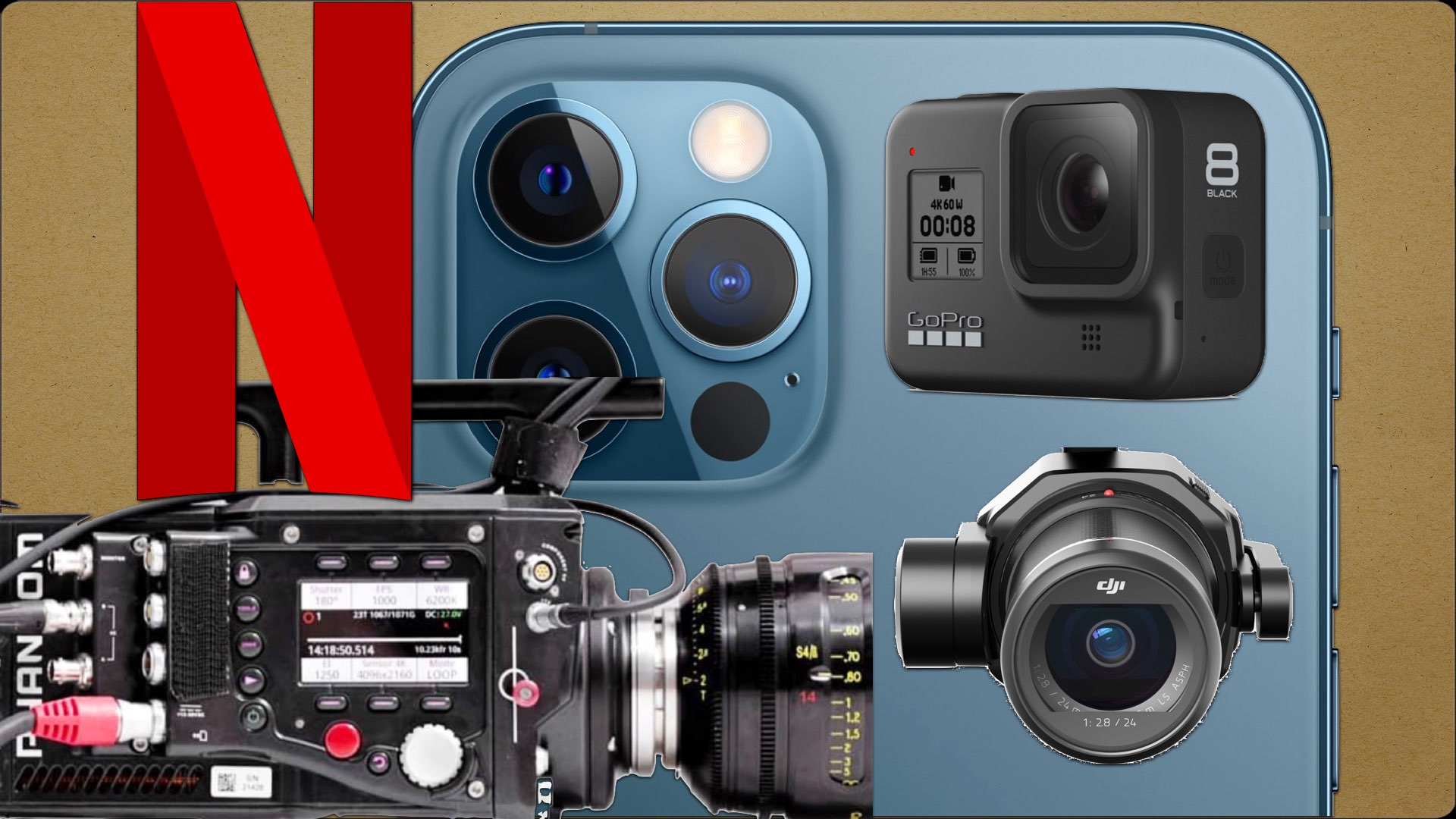
Does Netflix’s Approval equal quality?
One of the reasons Netflix insists on its approved camera list is to ensure that all productions meet their stringent quality standards. A 4K streaming service like Netflix needs content that looks impeccable on large screens, and high-end cinema cameras provide the resolution, color depth, and dynamic range required to meet those expectations. However, it’s clear from Netflix’s own use of unapproved tools that other cameras are fully capable of delivering top-tier results, despite not being on the approved list. This brings up the discussion of why Netflix hasn’t updated its approval process more frequently to include the latest tools. Cameras like the Sony Burano and Canon EOS C70 continue to meet Netflix’s standards, but is this level of exclusivity still relevant when nearly any camera can produce exceptional footage?
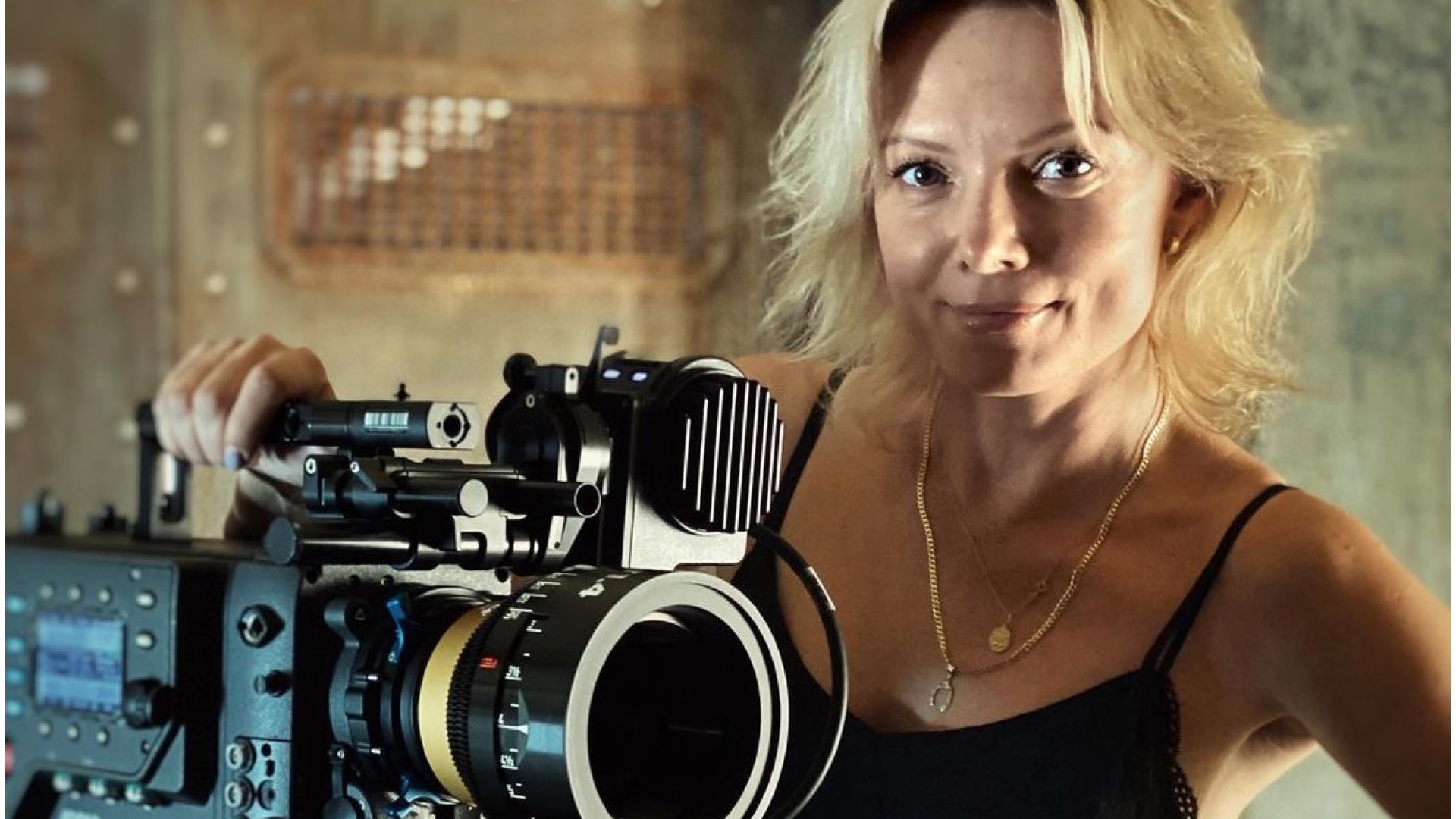
Forthcoming Netflix-Approved cameras
Looking ahead, the Canon C400, Canon C80, and Blackmagic URSA 12K LF are expected to join the roster of Netflix Approved cameras. These high-performance models push the boundaries of what’s possible in terms of resolution and dynamic range, but again, the debate lingers: Is it worth waiting for Netflix’s official nod when other tools are readily available? In productions like Extraction 2, some argue that the camera itself is secondary to the artistry behind the lens. BTW, the film should have been made for the big screen, not constrained to Netflix’s technical requirements, as we discussed in this opinion piece.

Final thoughts
While Netflix Approved cameras undoubtedly represent the pinnacle of high-end filmmaking technology, their relevance is starting to wane in a world where even smartphones can deliver stunning, cinema-quality visuals. Netflix’s approval system, while well-intentioned, often feels slow to adapt, leaving filmmakers with fewer choices in an industry driven by innovation. As camera technology continues to evolve, Netflix may need to rethink its approval process or risk becoming out of touch with the future of filmmaking. In the end, it’s not just about what camera you use, but how you use it. Whether you’re shooting on a massive cinema camera or an iPhone, creativity and skill remain the most important elements in storytelling. So, should Netflix rethink or even delete its outdated “Cameras & Image Capture: Requirements and Best Practices” page, and instead focus on supporting diverse tools for diverse storytelling?

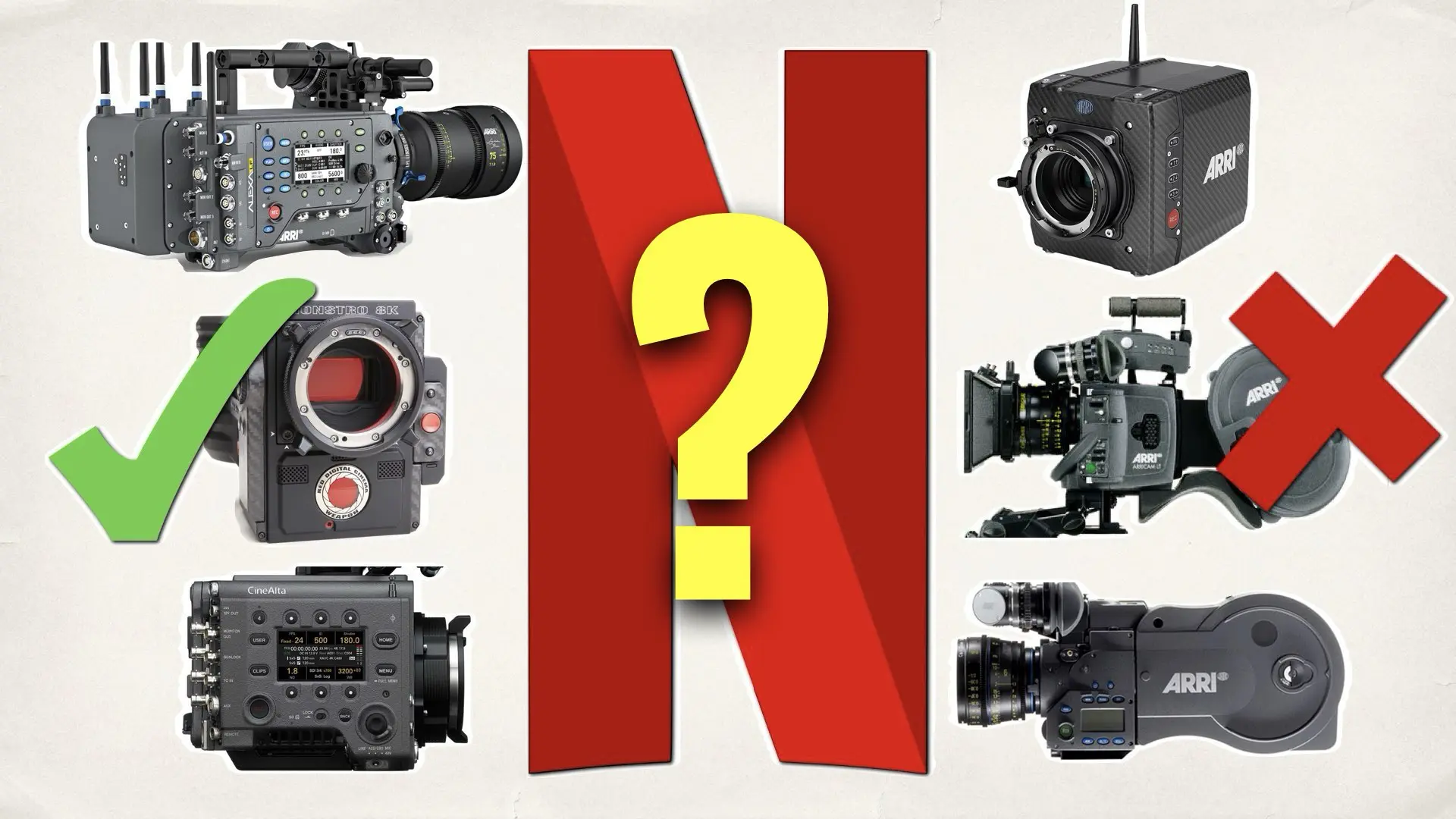
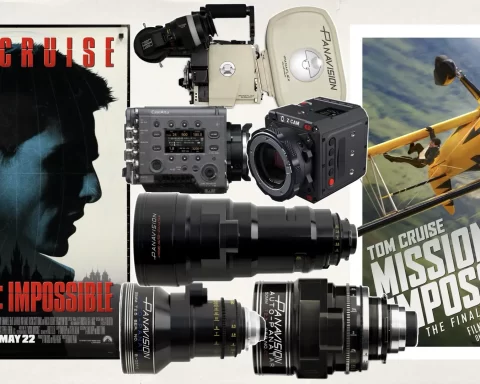
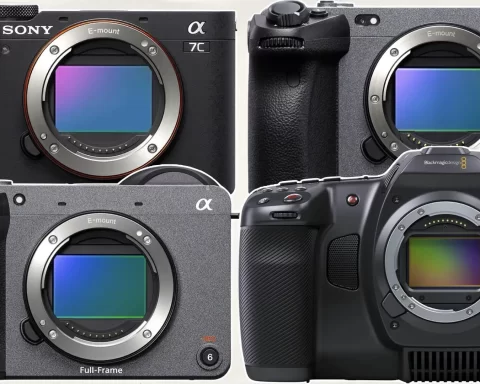
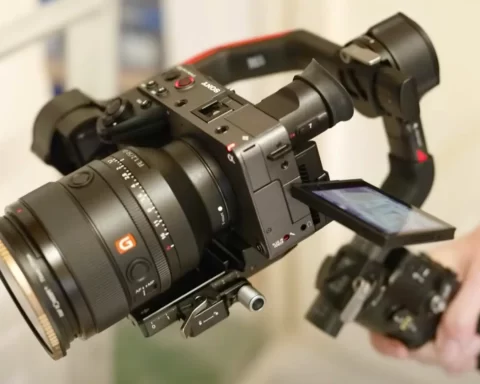
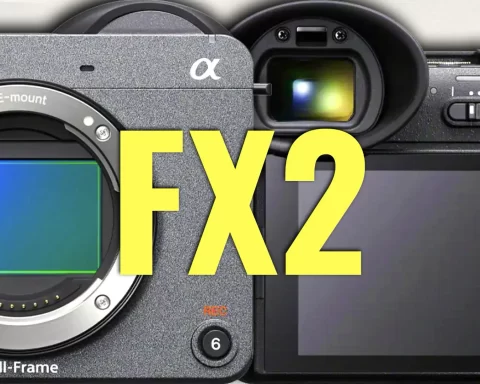
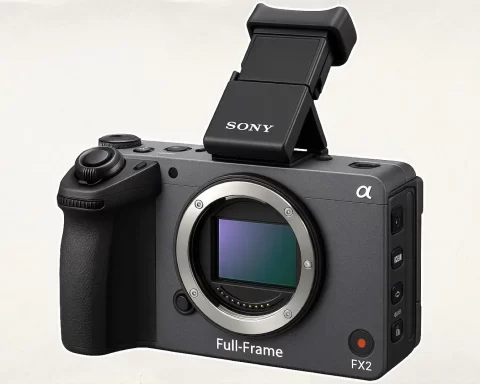

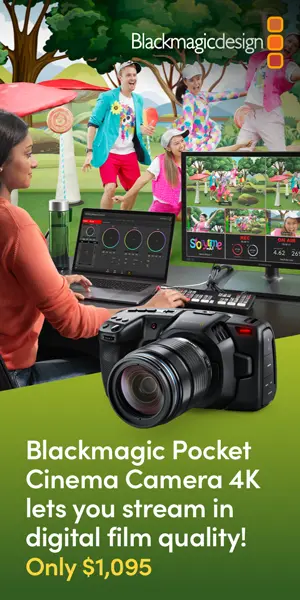
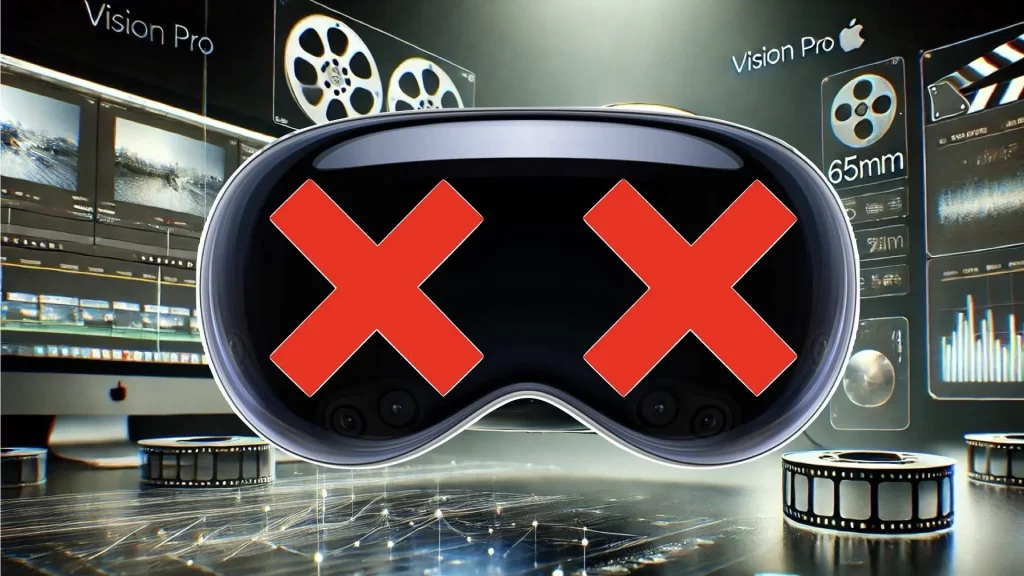
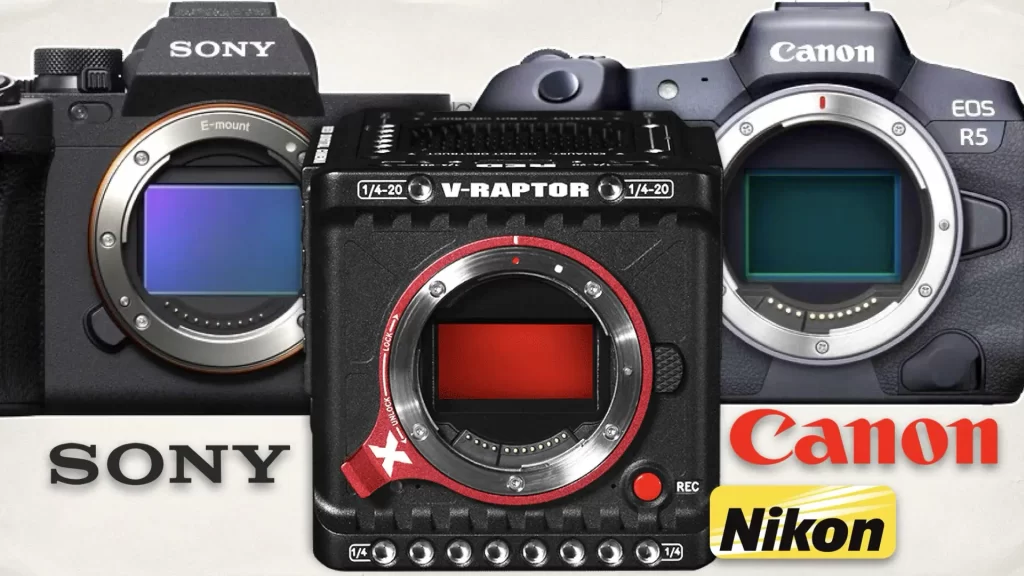
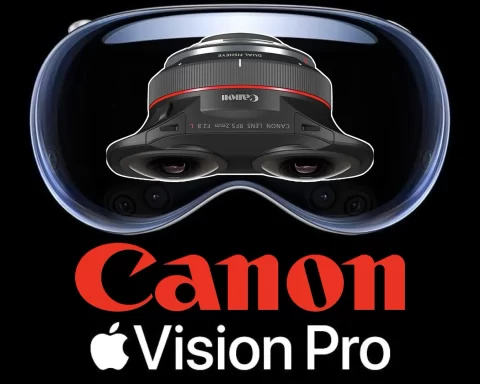
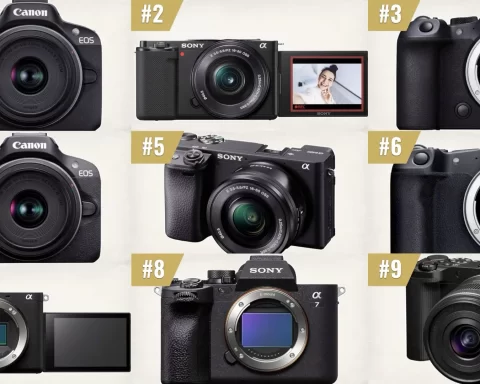
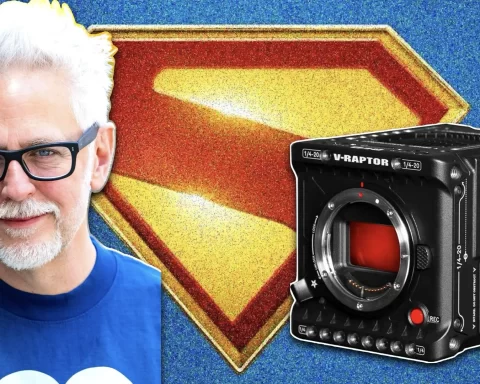

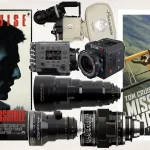
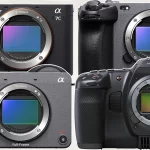
You asked so many questions but have answered NONE! Pretty pointless article.